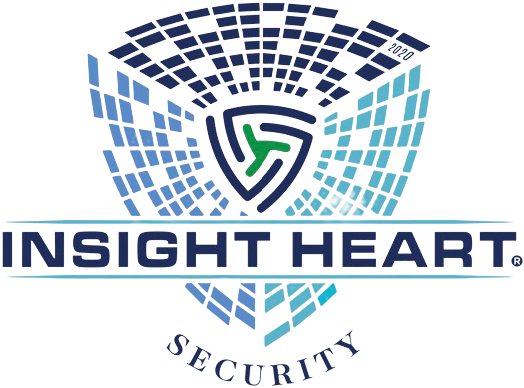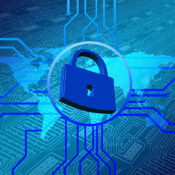
Top 10 Cybersecurity Best Practices for Small Businesses
In today’s interconnected world, small businesses are increasingly becoming targets for cybercriminals. Implementing robust cybersecurity practices is essential to protect sensitive data, maintain customer trust, and ensure business continuity. Here are the top 10 cybersecurity best practices for small businesses to safeguard their digital assets.
1. Educate Employees on Cybersecurity
Employees are often the first line of defense against cyber threats. Regularly train your staff on cybersecurity best practices, such as recognizing phishing emails, using strong passwords, and safe internet browsing. Awareness and vigilance can significantly reduce the risk of a security breach.
2. Use Strong, Unique Passwords
Encourage the use of strong, unique passwords for all accounts. Passwords should be at least 12 characters long and include a mix of letters, numbers, and symbols. Implementing a password manager can help employees manage their passwords securely.
3. Enable Multi-Factor Authentication (MFA)
Multi-Factor Authentication adds an extra layer of security by requiring users to verify their identity through multiple methods. This could include a combination of something they know (password), something they have (smartphone), and something they are (fingerprint).
4. Regularly Update Software and Systems
Ensure that all software, applications, and operating systems are regularly updated with the latest security patches. Cybercriminals often exploit known vulnerabilities in outdated software, making updates critical for security.
5. Implement Firewalls and Antivirus Software
Use firewalls to protect your network from unauthorized access and antivirus software to detect and remove malicious software. Ensure these tools are configured correctly and kept up to date to provide maximum protection.
6. Backup Data Regularly
Regularly back up all important data and store backups in a secure, off-site location. In the event of a cyberattack, such as ransomware, having recent backups ensures that you can restore your data without paying a ransom.
7. Secure Wi-Fi Networks
Ensure your Wi-Fi network is secure by using strong encryption (such as WPA3), changing the default router passwords, and hiding the network’s SSID. Limit access to the network to authorized users only.
8. Control Access to Sensitive Information
Implement role-based access control (RBAC) to limit access to sensitive information based on employees’ roles and responsibilities. Ensure that only authorized personnel can access critical data and systems.
9. Develop an Incident Response Plan
Create a comprehensive incident response plan that outlines the steps to take in the event of a cybersecurity incident. This plan should include roles and responsibilities, communication strategies, and procedures for containing and mitigating the impact of the incident.
10. Conduct Regular Security Audits
Regularly conduct security audits to identify and address vulnerabilities in your systems. These audits should include network security, application security, and physical security assessments. Engaging a third-party security expert can provide an unbiased evaluation of your security



